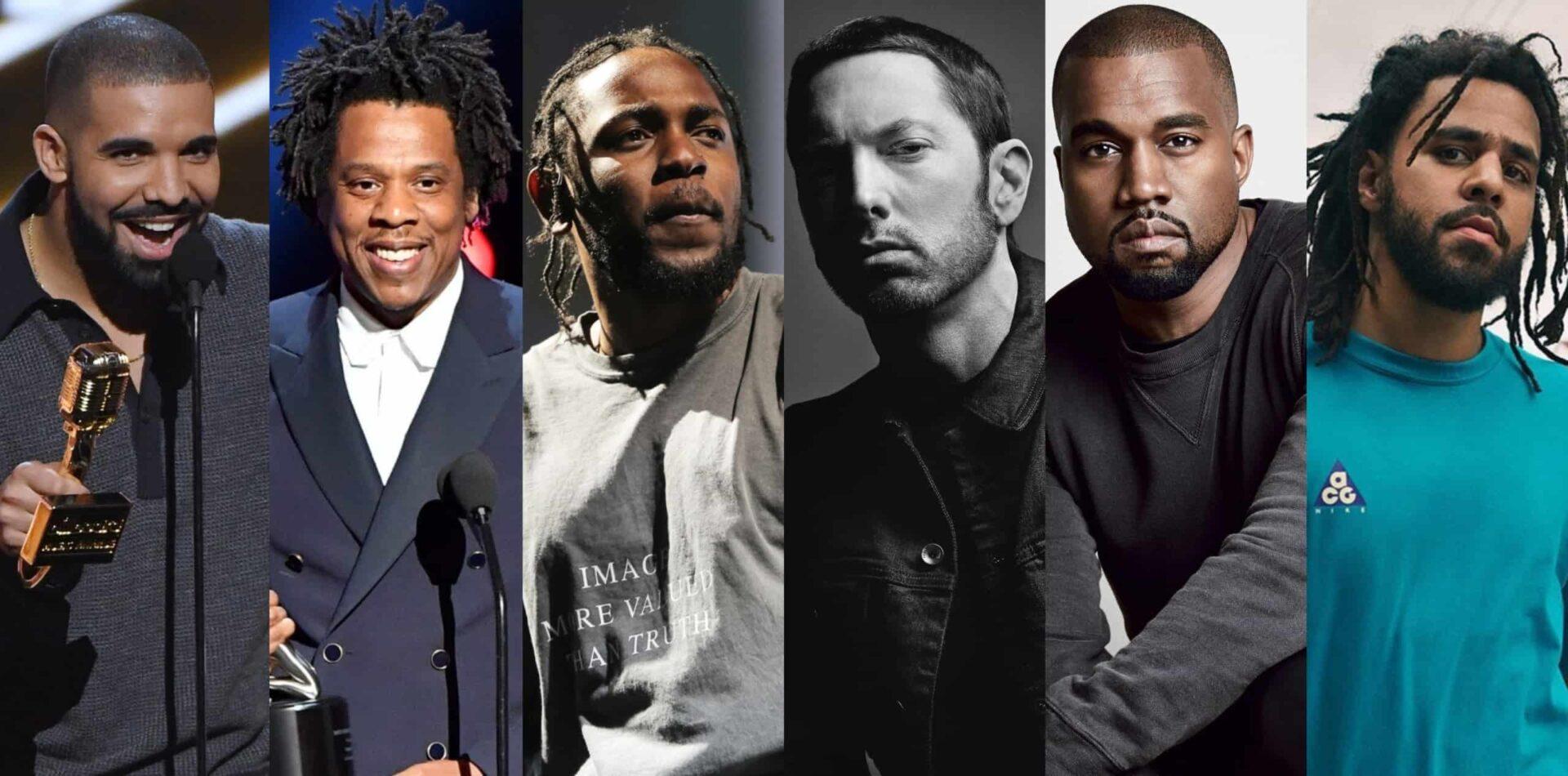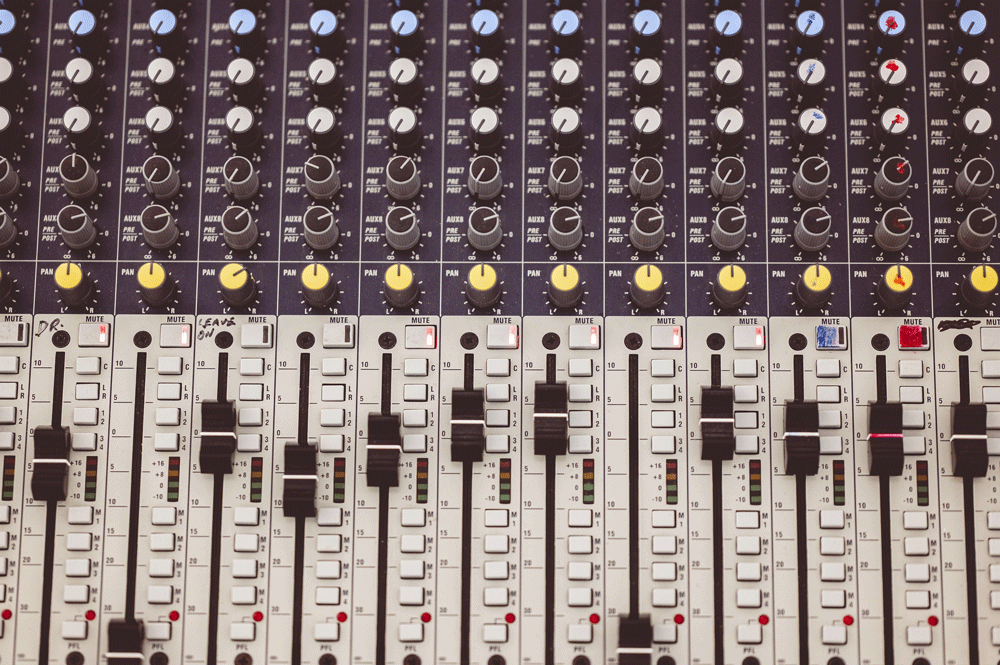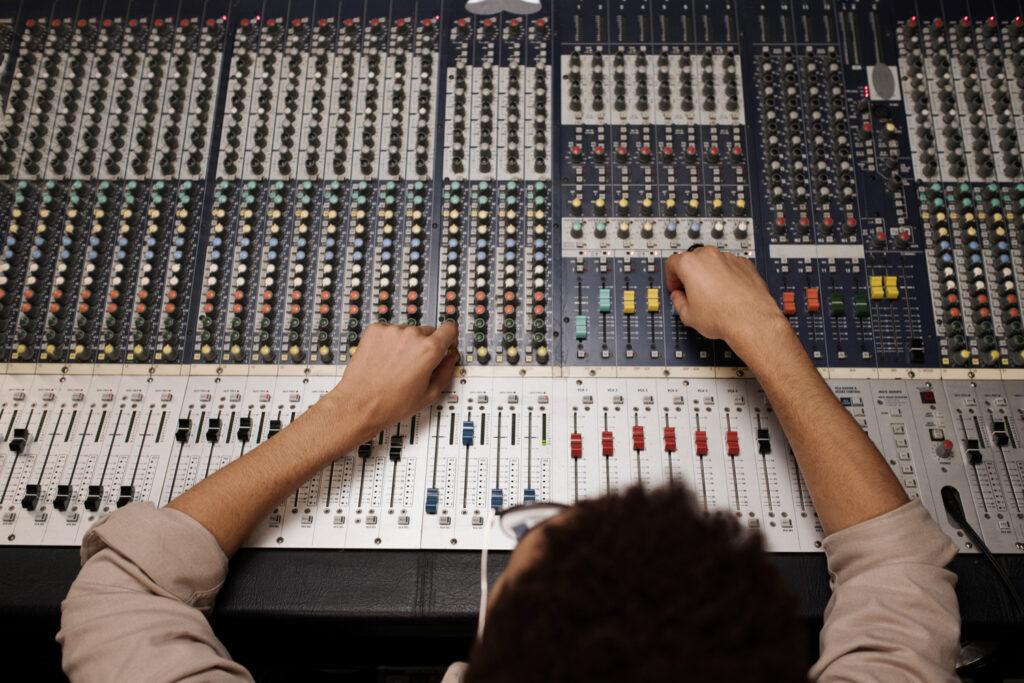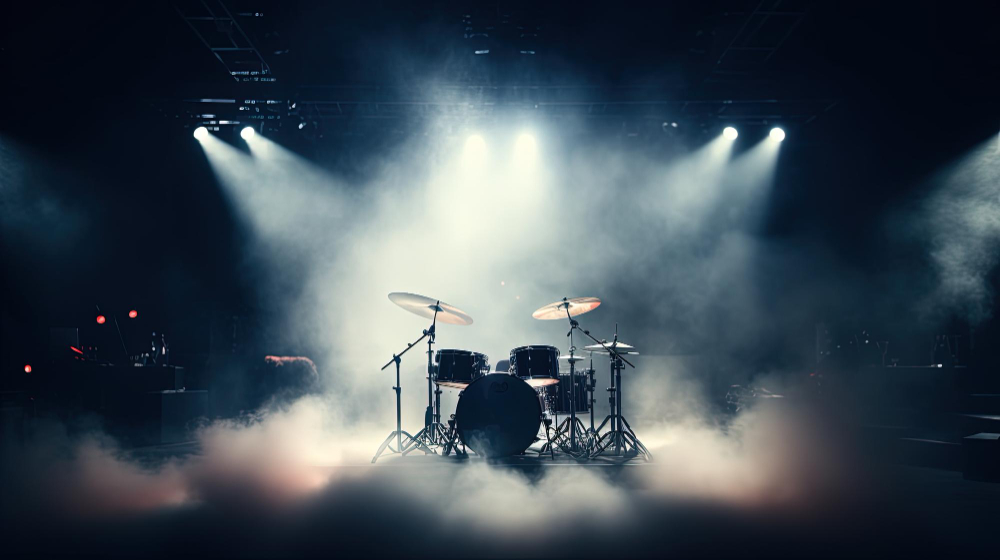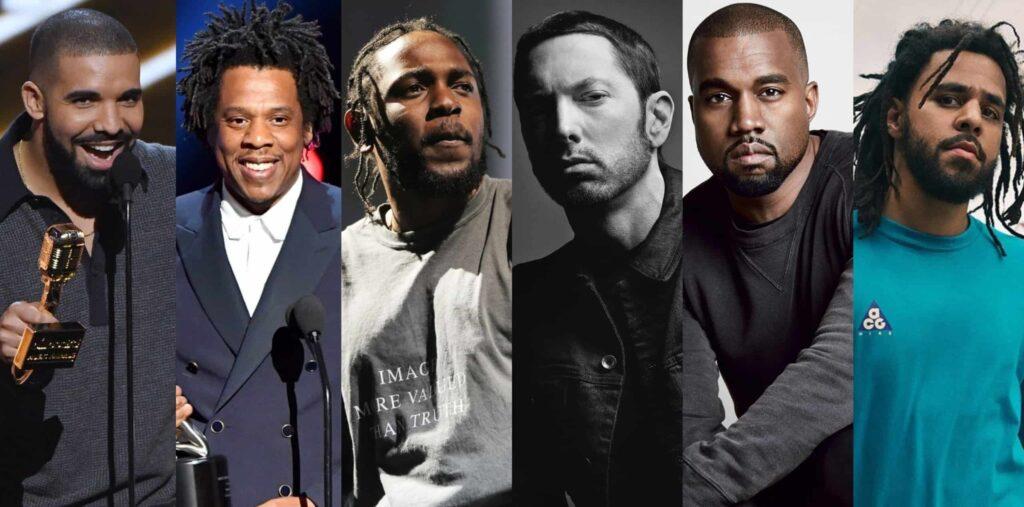 Here at Major Mixing, we really enjoy working with rap vocals. These days, rap music has become super experimental. Rap vocals don’t sound natural, they undergo heavy auto-tuning and processing. Therefore, mixing rap involves a lot of improvisation, and the use of various effects. Mix engineers can improvise, use various techniques, add different plugins, and reach new and better expressiveness of the vocal.
Here at Major Mixing, we really enjoy working with rap vocals. These days, rap music has become super experimental. Rap vocals don’t sound natural, they undergo heavy auto-tuning and processing. Therefore, mixing rap involves a lot of improvisation, and the use of various effects. Mix engineers can improvise, use various techniques, add different plugins, and reach new and better expressiveness of the vocal.
Considering all the peculiarities of rap and its subgenres, the one standard way of mixing rap vocals doesn’t exist. There are many techniques and tips. In this article, we are sharing with you our approach and our tips of how we mix rap vocals. Knowing them, will give you an idea of how you can easily create your own mix.
Just practicing mixing or can your song become a commercial project?
We are talking about learning and practicing in this article. Of course, if you want your music to conquer the world and become a hit, or gain at least a small popularity, you’ll need a completely different approach to production.
If you are going to release a project to compete in the music world, you want a perfect, professional mix, done according to all industry standards by an experienced audio engineer. If this is the case, we’ll be happy to help you with mixing and mastering and get your music ready to compete on streaming platforms, feel free to contact us any time.
On the other hand, if you’d like to try and make your own mix, let’s get creative and go straight to our tips on how to mix rap vocals, this will help you to practice and learn.
Cleaning and preparations for mixing rap vocals
 When starting mixing rap vocal recordings, we perform a thorough cleaning and preparation, because there are going to be heavy processing on the vocal, so first it needs to be super clean.
When starting mixing rap vocal recordings, we perform a thorough cleaning and preparation, because there are going to be heavy processing on the vocal, so first it needs to be super clean.
Back vocals should face especially through examination – no breaths in the vocals, or other extra noises, edit them all out. Make sure that the back vocals sound clean.
In the lead vocal there are some auxiliaries you may want to preserve like the breathing, for example. Then these sounds we move from a lead vocal part to another track. Now we can work with those noises separately and are able to manipulate their volume independently.
Use high-pass filter to remove the noise in the low end of the lead vocal and back vocals.
I’ll emphasize again that this cleaning of the recordings must be done meticulously, nothing should skip an audio engineer’s eyes and ears here.
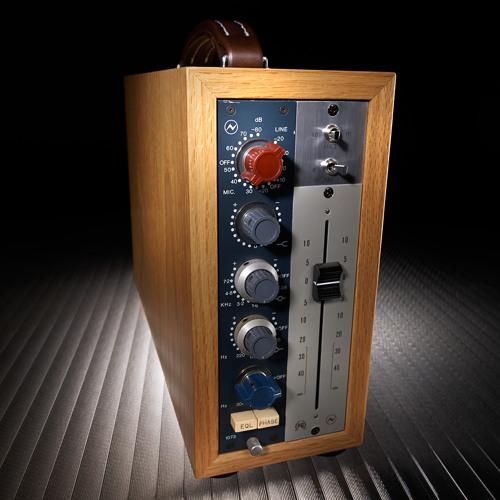 Equalization
Equalization
Analog equalization of the voice is used a lot in rap music these days. A preamp that we love to use for this purpose is pre-amp and EQ Neve 1073, it’s very popular for mixing rap vocals. The 1073 you can use as a separate device or in the form of a UAD plugin.
Using 1073, in almost 99% of the cases we’d boost the high frequencies to add clarity. Rap vocals generally are mixed very bright with bright high-end, that’s why we always bring the high frequencies up.
We also gently cut some areas in the middle, it can be around 100Hz.
De-harshers
After equalization we at Major Mixing use de-harshers and de-essers.
We put them after the EQ but before the heavy compression and there is a strong reason for that. First, when the high frequencies go louder after our EQ, so do “s” sounds and other sibilant ones. And now with de-harshers and de-essers we can effectively get rid of them and receive clearly pronounced consonants.
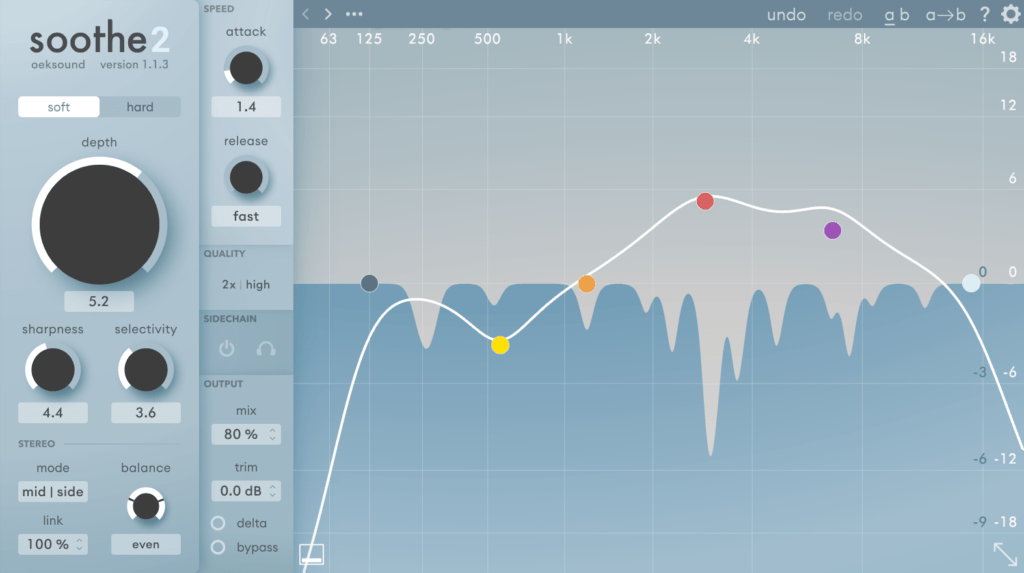 Secondly, de-essers must be put before the main compressor, because we don’t want the compressor to process sibilance. If problematic parts are not removed beforehand, the compressor will modify and amplify them. After that a de-esser will not be able to locate the sibilant sounds accurately. And then even after the de-essing, the sibilant consonants will still contain hissing.
Secondly, de-essers must be put before the main compressor, because we don’t want the compressor to process sibilance. If problematic parts are not removed beforehand, the compressor will modify and amplify them. After that a de-esser will not be able to locate the sibilant sounds accurately. And then even after the de-essing, the sibilant consonants will still contain hissing.
We use different plugins, our favorite de-harshers are Soothe and DSEQ, they also can be used as de-essers.
With de-harshers and de-essers, we attenuate problematic wave areas by 2 – 3dB depending on the qualities of the vocal.
Multiband compression
This step is not necessary, moreover, it’s better when you don’t have to use multiband compression to correct the shortcomings of the track. But quite often we are asked to mix a rap song, and when we listen to the vocal track we hear that the quality of recording is far from perfect.
When the quality is poor, the vocal’s presence across the spectrum will not be stable. You’ll encounter resonances, sudden jumps in different frequency bands, and so on.
Sometimes recording is decent but the singer is not professional enough and his vocal is changing, unstable, and lacks clarity.
To get those issues under control, we can use a multiband compressor to make dynamic range constant across the frequency spectrum.
The frequency curve of the vocal part should stay relatively the same throughout the song. Of course, by mixing rap, we aim to receive a consistent vocal sound that keeps the same characteristics all the time.
Compressor to glue your rap vocal
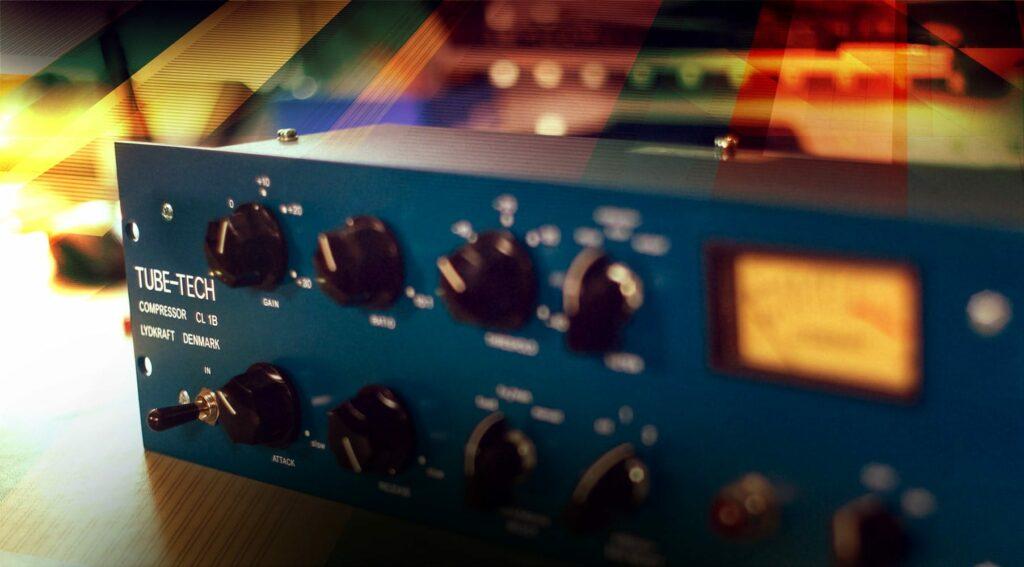 As a gentle compression in our chain we use Tube Tech CL1B, and to add a strong effect we apply the classical 1176.
As a gentle compression in our chain we use Tube Tech CL1B, and to add a strong effect we apply the classical 1176.
Tube Tech CL1B is a soft compressor to smoothen out the macro-dynamics of the track and add a beautiful color to the mix. When mixing rap vocals, you also can add it earlier in the chain.
The 1176 will be set aggressively and will greatly reduce the dynamic range and add distortion.
What is the best ratio for rap vocals?
Everything depends on the task. But usually for rap vocals we use quite a high ratio, from 4:1 and higher, because for rap usually an aggressive compression is used.
Here, the 1176 compressor will be set aggressively with short attack and short release with ratio 4:1 or 8:1. Sometimes you can try and turn on the “all buttons” ratio.
Gain reduction will be from -3dB to -10dB.
Besides the obvious compression effect, these aggressive settings will add slight distortion and crunch to your rap vocal.
Do rap vocals need reverb?
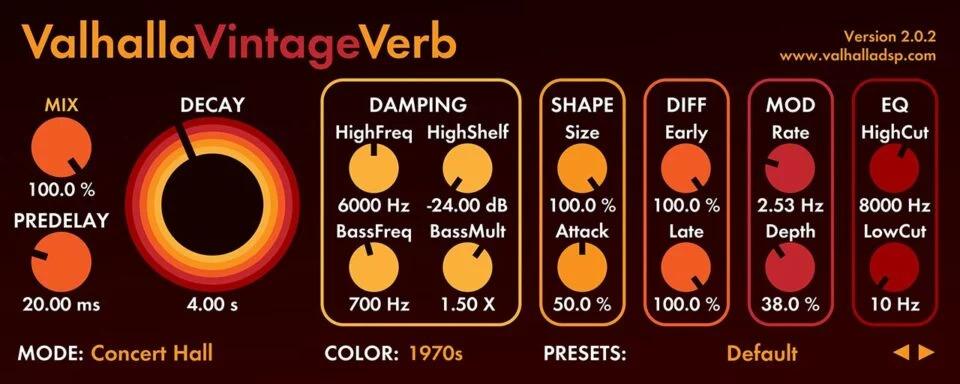 Rap and Hip-Hop songs need reverberation. Even when you listen to rap music and it seems that the vocal is dry, the reverb is still there. It may be a slight room reverb sounding as if the voice was recorded that way. Or it can be a reverb with a long pre-delay, separate from the voice.
Rap and Hip-Hop songs need reverberation. Even when you listen to rap music and it seems that the vocal is dry, the reverb is still there. It may be a slight room reverb sounding as if the voice was recorded that way. Or it can be a reverb with a long pre-delay, separate from the voice.
Recording vocals is often done in a sound-treated room or booth and it comes out completely free of any reverb. This kind of vocals seem unnatural to the human ear, but it is the best way of recording for mixing rap vocals. In the real world, we usually hear sounds reflecting from the walls more or less, but for an audio engineer, a completely dry sound is very convenient to work with, and it’s easy to add to it the needed reverb and other effects later.
So when mixing rap vocals, reverberation plugin is added at least to make the vocal sound normal and fit the mix, but of course, only a few will be satisfied with this result for a rap vocal, the mix engineer will apply much more creative and unnatural reverb settings.
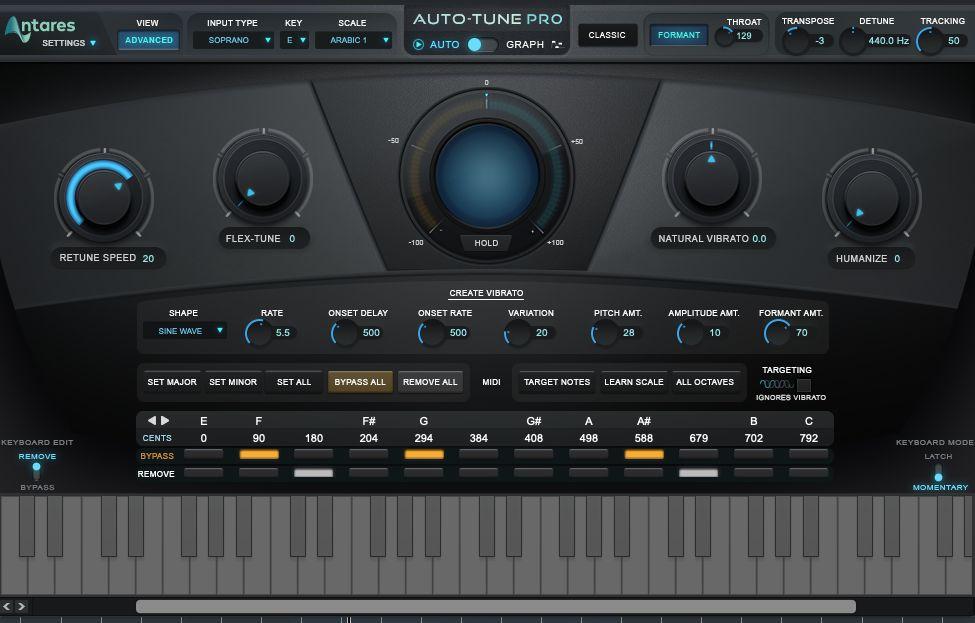 More creative effects
More creative effects
Yes, mixing rap vocals requires more creative effects than some other popular genres
For example, in rock music, reverb is just a normal reverberation. But when working with rap vocal, an audio engineer would often use unusual settings and techniques to create interesting effects on lead or back vocals.
Reverb with a pre-delay
Reverb with a pre-delay is the simplest example of creative techniques an audio engineer would use here. A pre-delay is a reverb setting, which separates the effect from the vocal itself. When we hear the sound with such an effect, we still perceive the vocal to be very upfront and close to the listener, and the reverb doesn’t make the sound wide and more distant.
Auto-tune
Using auto-tune, experiment with the settings. You may use it as a tuning tool, or for creating the effect. If you are new to vocal editing, check out our articles Melodyne vs Auto-Tune: Which is better? and How to use Auto-Tune as a Pro. They will help you in editing vocals, and you’ll understand how to use Auto-tune settings.
When mixing, you will apply auto-tune, reverbs, delays, time-based and pitch-based effects. Use these audio effects creatively, play with settings, and use automation.
How loud should rap vocals be in a mix?
The ideal way to reach the best vocal loudness for your rap song is to do exactly as your billboard-topper reference track sounds.
Of course, you must compare perceived loudness, not peaks. Check out what you can hear and compare with what your loudness meters say.
To compare the mix you are working on and the reference, use all the devices you have access to from professional speakers to consumer-grade headphones. Listen to your mix on everything, because, remember, your audience will use whatever they have to play your music, and you want each of them to get the maximum impression of your music.
Beware that one device, especially a high-quality set of monitors, is not enough to evaluate how well a track sounds.
Mixing rap and hip-hop songs at our studio
As we said before, rap songs are very interesting to mix, however, it’s not an easy task. Rap music has its peculiarities and difficulties in mixing.
Mixing songs of every style should be done professionally, and rap is not an exception.
People nowadays are spoiled by the technology, they accept only the best. They easily recognize unprofessional sound in songs and refuse to listen to it. Industry-quality mix is captivating, it draws attention to itself and people are subconsciously attracted to it.
Unless you are doing a mix just for practicing and not intend to release the song, you should make mixing and mastering at the industry quality level. Contact us for this, we have a huge experience in mixing rap music and we’ll give your song the best chance to succeed and become popular.

